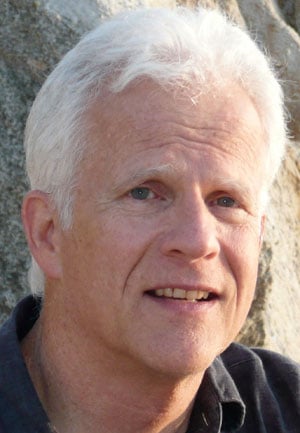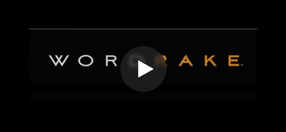The Rules for Using an En Dash
As you know, all grammarians are sadists. You can spot them in elementary school, boiling live frogs. When they reach maturity and start looking for a career, they naturally gravitate toward grammar. No longer satisfied with tying M-80s to the tails of stray cats, they grow up to inflict pain on the rest of us by creating dogma and waiting in the bushes for the rest of us to come along and step in it.
Look! Here’s a pile of dogma right here, the dashes: —, –, and -. Simple, simple, simple little marks, so innocuous, so seemingly innocent; only a sadist would create them, make them look so similar, then call them by different names and use them for different purposes
If you go back over a century ago to early Fowler, and drop in on the musings of various grammarians every few decades since, right up to Lynne Truss, author of Eats, Shoots & Leaves, which I highly recommend, you will see the evolution of thought on “dashes” (I include the “hyphen” here). The en dash has muscled its way onto the page between the other two only recently, as grammarians began to follow the lead of typesetters and publishers.
As we saw last week, we use the em dash, the longest one, to push words apart; as we shall see next week, we use the hyphen, the shortest one, to bring them together. But we needed another dash, the en dash, the one in the middle, to indicate continuing numbers and dates open ended, and to separate “compound” words containing “open” elements or elements already hyphenated. There’s the pile!
EN DASH MECHANICS
The en dash is so named because it is the width of a lower case n, which is half the width of an upper case M—or an em dash. We should not confuse the en dash with the em dash—each has its own function—neither should we confuse it with the hyphen, which is half as wide as an en dash. We will explore hyphens next week.
THE EN DASH
We use the en dash for three things:
First, to separate inclusive numbers and words representing dates, time periods, or references: 1962–1975; 2:00–5:00 p.m.; April–June; Chicago Manual of Style, 6.32–6.42.
Here’s another little pile they’re waiting for us to step in: the en dash does not mean “to” or “and”; it may not follow a preposition: to write “from 2008–2012” is incorrect, and so is “between Tuesday–Friday.” The correct way is: “from 2008 to 2012” and “between Tuesday and Friday.” But we may write, “The store is open Tuesday–Friday,” because no preposition precedes it.
Second, use the en dash when the end date has not yet been determined: “Pat Benatar (1953–).”
Grammar Guru of The Washington Post, Bill Walsh, calls hog-wash on the en dash; absolutely no need for it; just use the hyphen, a perfectly good separation. I agree, sort of; but there’s this . . .
. . . third situation, which admittedly will not come up often, where one element in a “compound” adjective or “compound” noun is “open” or already hyphenated.
A “compound” is two or more words that act together as a unit. “New York” is an “open” compound. When we combine it with another word to describe “line,” we separate "New York" and the next word with an en dash: “The New York–Boston line.” Where one or both compounds are already hyphenated, we also need to separate them with an en dash: “the pre-formed–pre-manufactured home”
I suspect the en dash will continue to muscle its way onto the page, and it does distinguish in a way the hyphen cannot, so we should try to use it correctly.
HOW TO MAKE AN EN DASH
Type a word, hit space, tap “-” twice, hit space again, and type the following word. Microsoft Word will automatically turn that double hyphen into a dash the width of a small case n, or an en dash. Then remove the spaces on either side.
Alternatives: on a PC, go to Insert -> Symbol -> More Symbols -> Special Characters; highlight “En Dash” and click “Insert.” On a Mac, hold down “option” and tap “-.”
I have said many times that when you get the finer points of grammar correct, you send the impression to your readers (many of whom know the difference) that you are competent and informed about many other things. But don’t wipe your shoes just yet; the pile gets much deeper next week.




